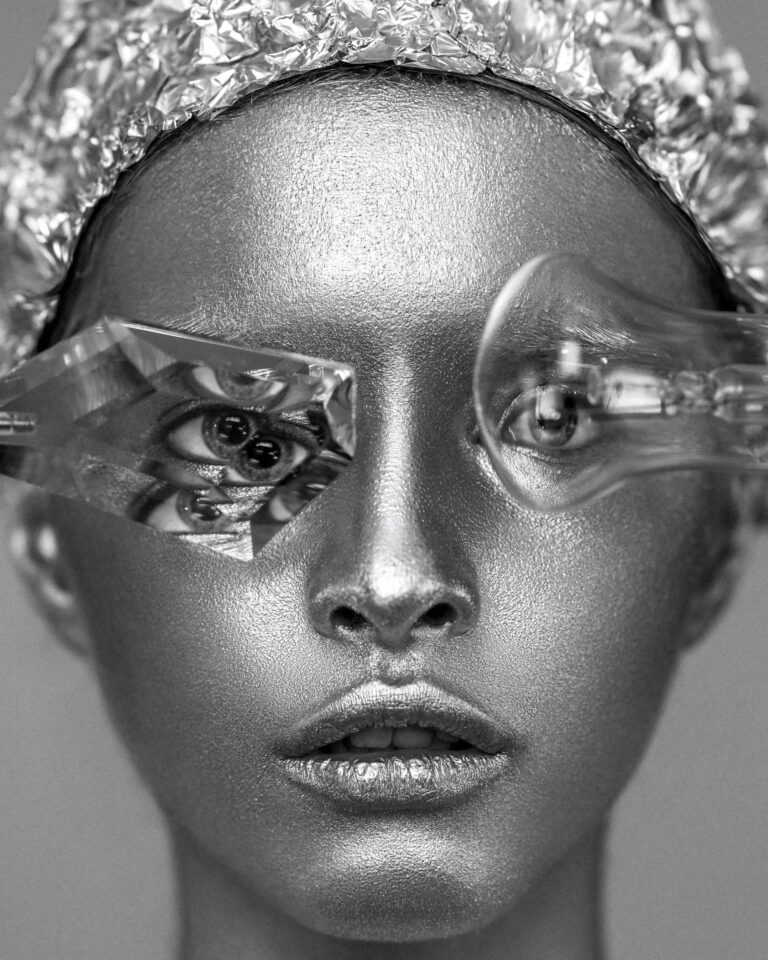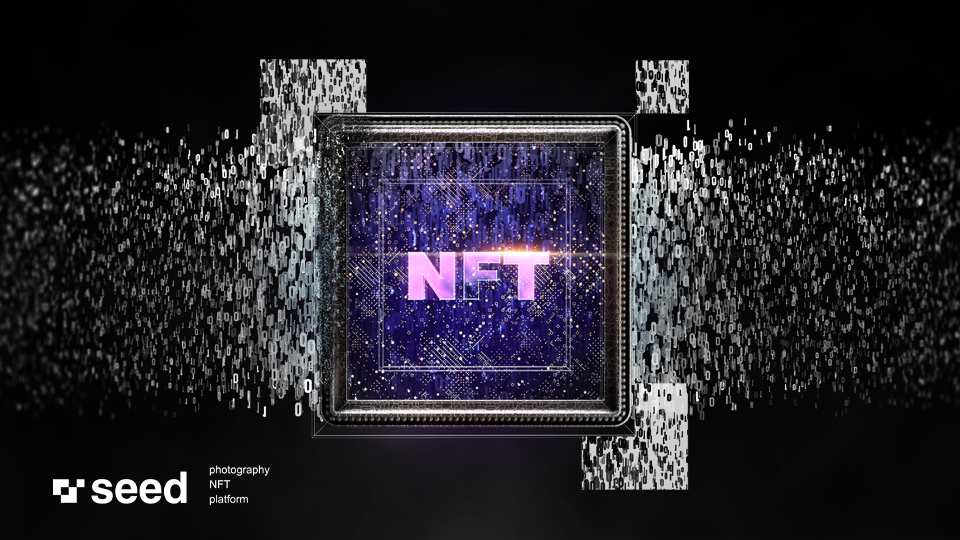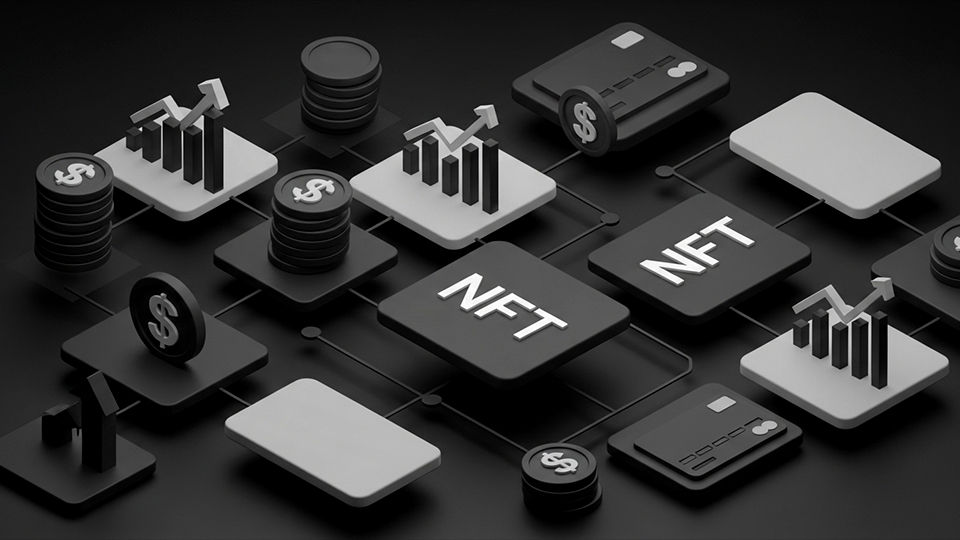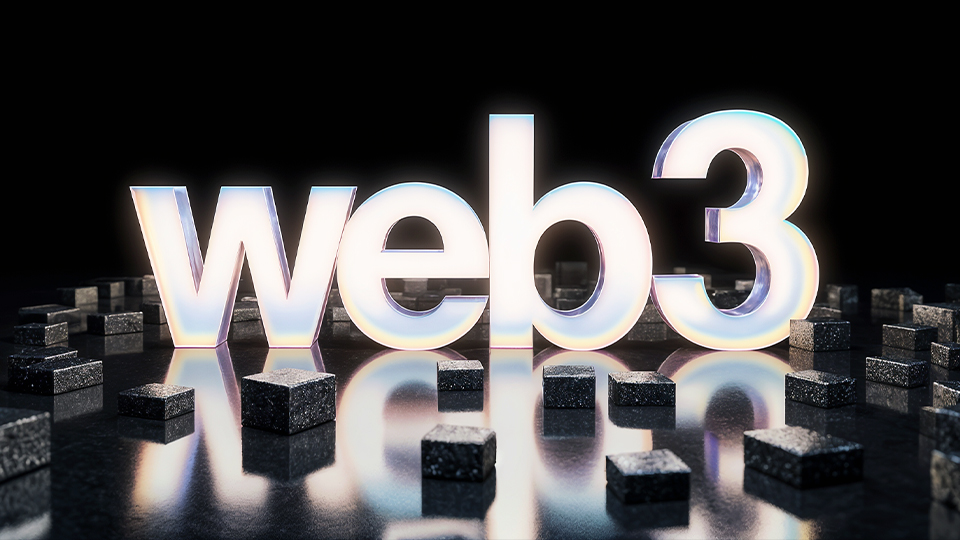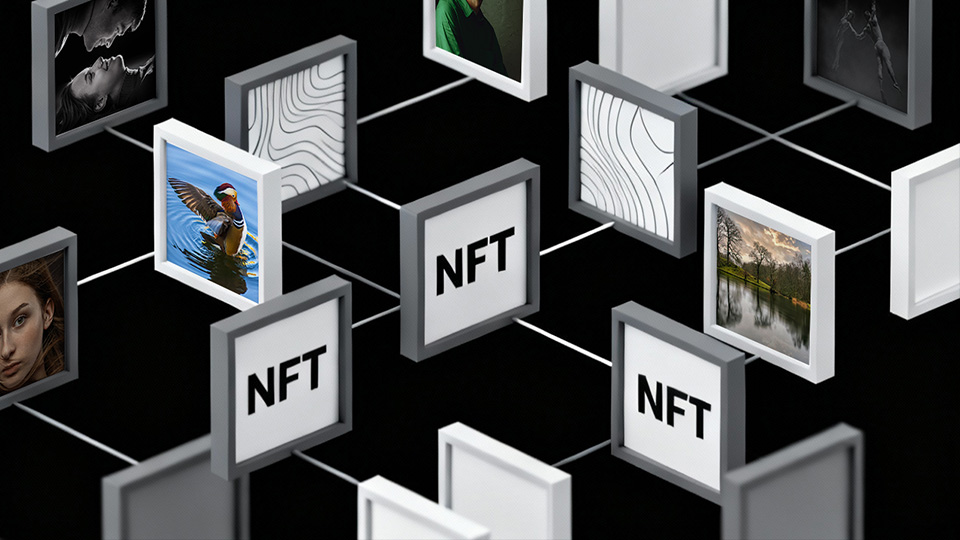Unlocking the Pro’s: Investing in NFT Photographs for Value and Earning Potential
In recent years, the world of digital art and collectibles has seen a dramatic transformation with the rise of non-fungible tokens (NFTs). While NFTs have become synonymous with various forms of digital art, photography stands out as a growing sector. Investing in NFT photos can not only provide a unique and aesthetically appealing collection but also the potential to earn more in the future as NFTs continue to increase in value.
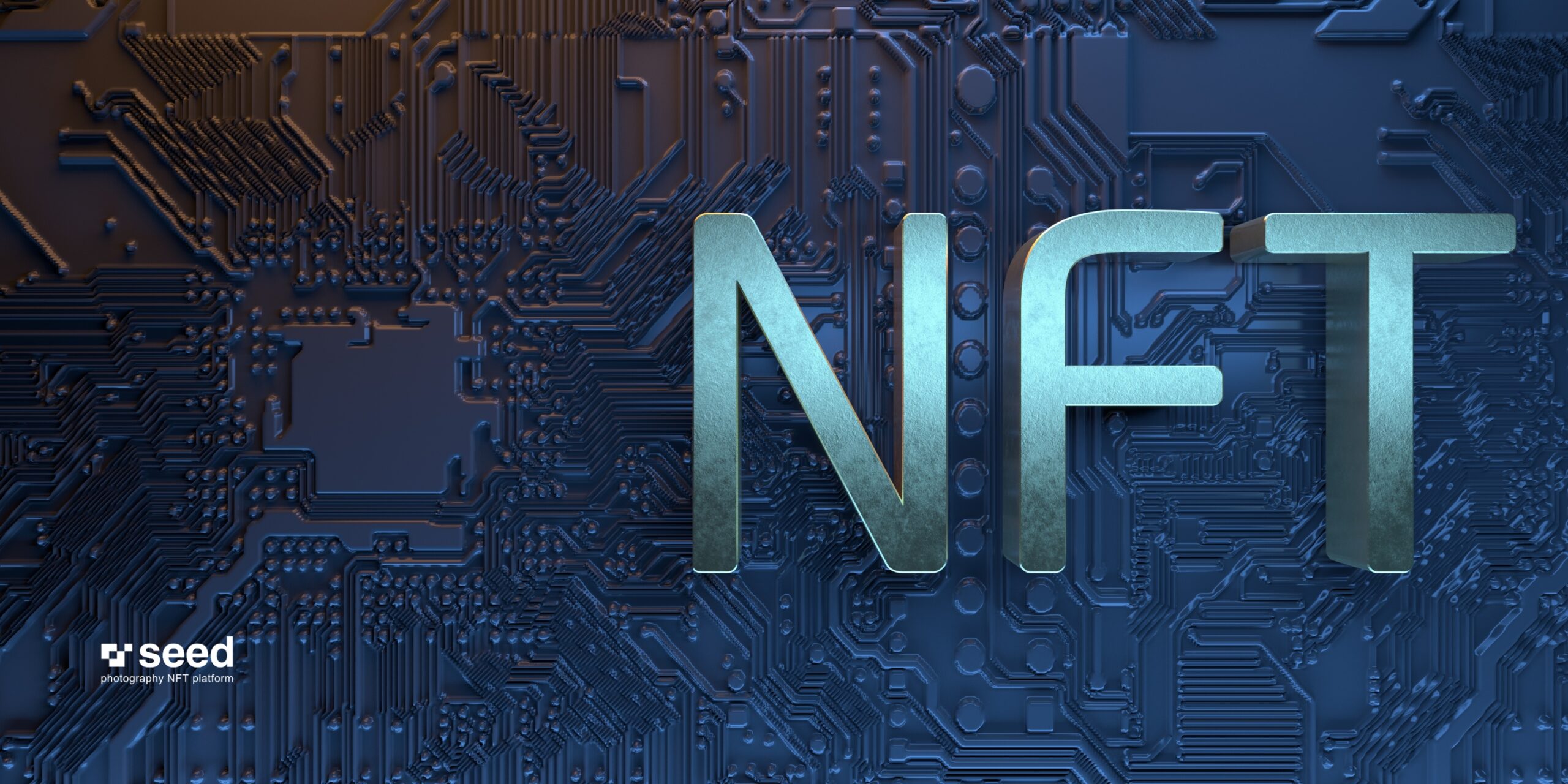
Ownership and Origin
One of the most attractive aspects of NFT photography is the undeniable proof of ownership and provenance. Each NFT is a digital certificate of authenticity that is stored on the blockchain and ensures the legitimacy of the piece. This feature distinguishes NFT photography from traditional digital images and provides collectors with a tangible connection to the original artist and artwork.
Scarcity and exclusivity
NFTs are often released in limited editions or as unique pieces. This inherent scarcity adds an element of exclusivity that echoes the traditional art world. Scarcity increases demand, and as photographic NFT collections grow, the value of these limited digital assets is likely to increase over time.
Digital evolution
The world is rapidly adopting digital transformation in various aspects of life, and art is no exception. With the growing acceptance of digital art and NFTs in mainstream culture, their cultural value and importance continue to grow. By investing in NFT Photography, you are putting yourself at the forefront of this digital art revolution.
Universal access
NFTs have a unique ability to reach a global audience. Artists can instantly share their work with potential buyers around the world. This expands the market reach and increases the chances of your NFT photo gaining attention and increasing its value.

Smart contracts and resale royalties
One of the most important advantages of NFTs is the integration of smart contracts. These contracts ensure that artists receive a percentage of the resale value each time the NFT is exchanged. This concept benefits both artists and collectors and creates a fair and transparent system for compensation.
Society and community building
NFT photography is often associated with a vibrant and passionate community. Engaging with this community can lead to valuable networking opportunities, potential collaborations, and increased visibility for your NFTs. Communities can create interest and value in your collection.
Cultural and historical importance
NFTs represent not only a digital revolution but also a cultural shift. By investing in NFT Photography, you are helping to change and preserve a piece of digital art history. As NFTs continue to gain cultural significance, your collection may become even more valuable.
Result
Investing in NFT photography holds great promise for earning more in the future as the value of NFTs increases. The unique combination of ownership, scarcity, and the digital art revolution make NFT photos an attractive option for collectors and investors. As the world evolves, embracing the digital age, NFT photography stands as a beacon of creativity, originality, and potential financial growth.
Don’t miss the opportunity to be a part of this exciting journey into the world of NFT and watch your investment in NFT photos grow and appreciate over time.
